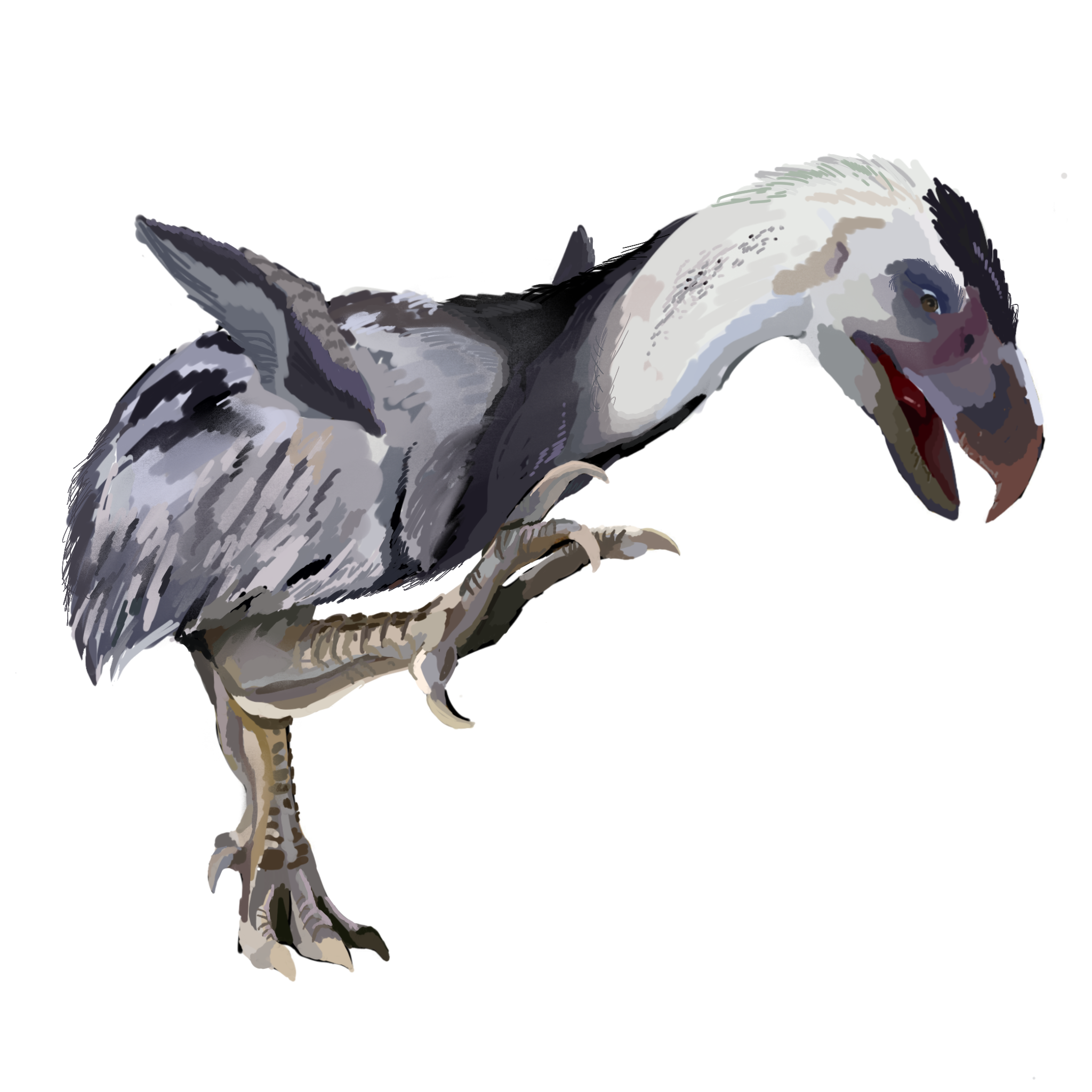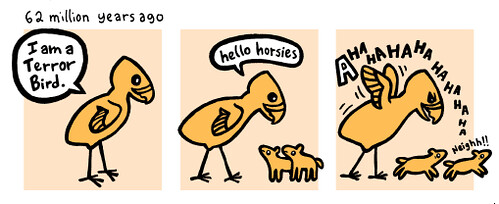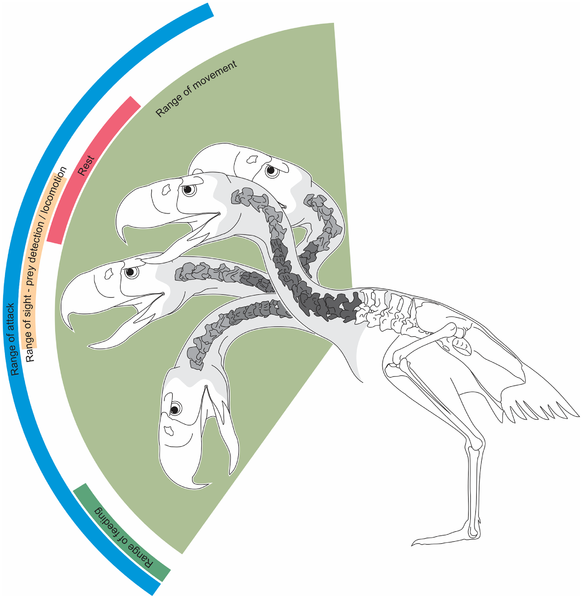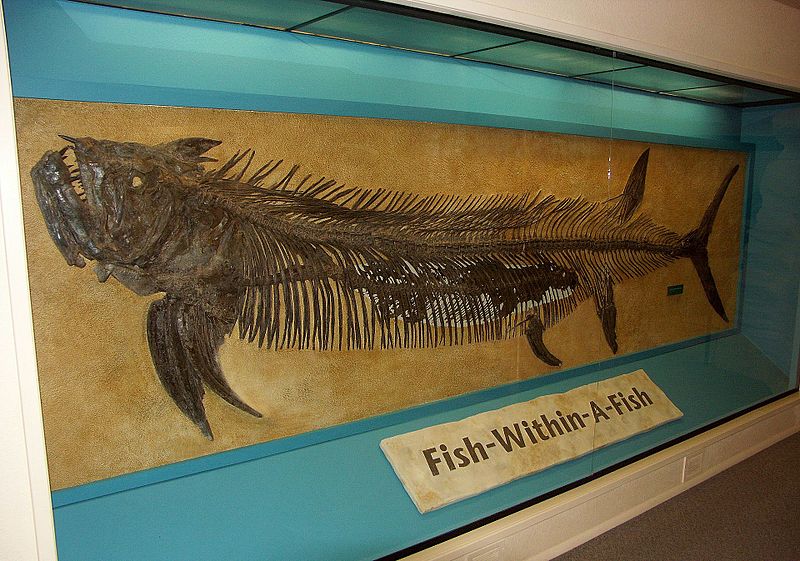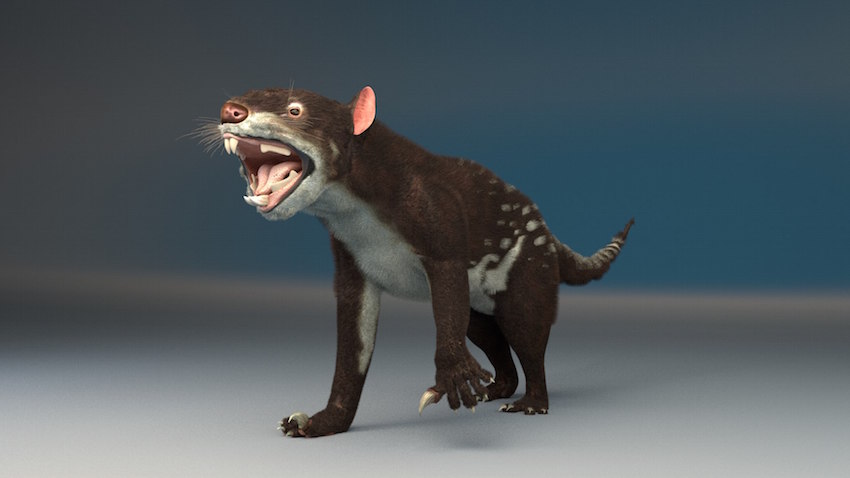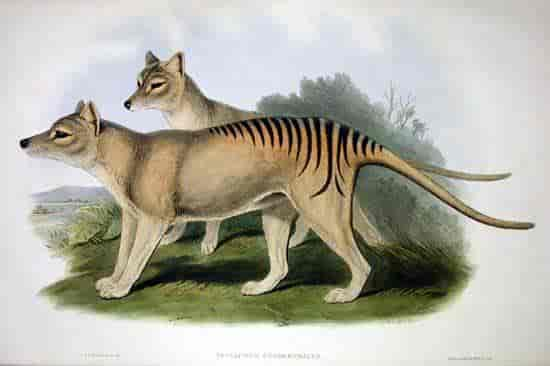
Image Credit: Christine Matthews, https://www.geograph.org.uk/photo/658585
Crows have had it rough over the years.
Known as black feathered, small to medium sized birds that caw day and night, they often are seen to have a close connection with death. They were known to be found near the dead, with historical accounts and media depicting them feeding on the corpses of hanging victims and soldiers on battlefields. Even the terms “a murder of Crows” and “an unkindness of Ravens” (referring to groups of these birds) is a language linked to misery. They’re often considered the companions of the Grim Reaper, or other shadowy, dark mystical figures. These have even included gods, such as the Norse god Odin, who had two Ravens named Hugin (Thought) and Munin (Memory). These would fly around the whole world and report back to him. Crows have even been adopted as symbols or names for groups of people, such as the Apsáalooke or “The Crow/Crow People” of the Northern Plains of the USA. Even modern-day stories of dark god like beings can have these birds linked with them (such as “The Sandman”, who is accompanied by his personal Raven). Stories involving them have even cast them as gods themselves who helped create humanity and the world itself. One example are stories from the American Northwest Coast. Others consider them as omens of ill times and linked with superstition. A small group of Ravens are kept at the Tower of London with their wings clipped because, as the story goes, if they were ever to leave the tower the United Kingdom would fall. To add further to a grisly and complicated depiction, they are considered as “greedy”, with the Magpie particularly linked to collecting and hoarding shiny objects. This connection goes beyond stories and into direct human interaction. Feeding on crops and even (in the case of Ravens) going after newly born lambs has brought them into conflict with farmers. Under a licence (though illegal shootings happen too) they poison carcasses, trap the birds in specialized traps known as Larson Traps, and even use a gun to cull them. But more peaceful measures are used too. The most famous of which is the “Scarecrow”. As the name suggests they are used to scare off crows but can also ward off other birds too. It works because the birds, at least initially, confuse the straw dummy for a living human that could harm them. However, this isn’t always a long-term solution as the birds are often smart enough to eventually figure out that it’s a fake.
Despite this notoriety among humanity, Crows are everywhere. They’re found in urban areas and countryside alike, right across the world and in sizable populations. You are likely to spot a Crow every time you walk outside your door and even just outside your window!
It’s easy to dismiss them when you see them. But there is more to the average Crow than meets the eye. For one, they’re intelligent. Extraordinarily so. So much so that they have often been compared to members of the primate group, including Great Apes (they’ve even been called “Flying Apes”). Some crows have even solved tests that require intelligence equivalent to a 7 year old child!
It’s amazing to think that such smart animals are all around us.
But what do we mean by a “Crow”? Well, it depends on who you ask. A “Crow” can be a colloquial term for any bird that is a member of the Corvidae family (who are part of the songbird line). In the UK Corvid species include Carrion & Hooded Crows, Jays, Jackdaws, Magpies, Ravens, Rooks and Choughs. However a “Crow” is also used to refer specifically to any bird in the genus Corvus, which from the previous list covers Carrion & Hooded Crows, Jackdaws, Magpies, Ravens and Rooks only. Finally, a “Crow” can also just refer to the True Crow species, Carrion Crows and Hooded Crows. Understandably that is a lot of bird to cover. To distinguish between them I will use the term “Corvid” when talking about the group as a whole and use the specific names of each member, including using “crow” to refer to any of the true crows.
The next question is what the difference between all these “Crows”? If “Crow” is used as a colloquial term for all Corvids then differences may not always be recognized. First there is size. They range from Jays, who have wingspans of 52-58cms, to Ravens, who have a wingspans of a whopping 1.3 metres! Then there is colour. While it’s true that most Corvids have black feathers, the extend of this varies from one species to the next. For example, Magpies have white bellies, Rooks have white beaks and Jays are mostly brown/cream coloured. There is also body proportion. For example, Jackdaws are covered in black feathers just like Carrion Crows, but have more rounded heads and blunter beaks on top of a smaller size. Finally, Corvids can vary according to geographical distribution. For example, in the UK, Hooded Crows are only found in the Northwest of Scotland and across Northern Ireland, while Carrion Crows are found everywhere else except those areas. Ravens are widespread in the West side of the UK, but not in the East. So, as you can see, one “Crow” is not the same as another. Indeed, it was only recently that Carrion & Hooded Crows were thought to be the same species until relatively recently!

Image Credit: Keith Williams, https://www.flickr.com/photos/keithmwilliams/7022480497
For the most part Corvids eat almost anything, with different species having preferences for specific foods (e.g., Jays mostly focus on seeds and insects). So, you may find a Corvid picking seeds from a birdfeeder, pulling earthworms and other invertebrates from a farmer’s field, raiding other bird’s nests and eating eggs and young, and exploiting the huge quantities of human food waste. Corvids are also notorious for scavenging carcasses, including wild animals, livestock (of which there is an abundance) and yes, even humans (hence the name “Carrion Crows”). So, in places like the UK, they fill a similar role to Vultures and act as “ecosystem cleaners”, helping to strip carcasses and prevent an overflow of decaying bodies. Even if you somehow haven’t seen a Corvid as of late, then chances are you’ve heard one! Crows and Rooks have a very distinctive cawing cry. In media you’d stereotypically hear a “caaaw, caaaaw” after a death or to set a spooky mood. In real life these cries are usually due to one of two things; either the crow is trying to communicate with others in the immediate area or further afield (in which case the calls are of a structured frequency) or it is a warning of a predator being about (in which case it is an unstructured call). Communication between Corvids is of particular importance as it helps them build bonds (Ravens have even been seen to show “empathy” with others that’ve been attacked) and to get a sense of the character of others (“are they trustworthy?”). Relations between Corvids of the same species are important as it allows them to co-exist in adjacent territories. Corvids are also capable of mimicking sounds (like a passing vehicle for instance) and pet Corvids have even been observed mimicking human speech! While a lot of Corvids are solitary, with young being raised by pairs who mate for life, there are others (often youngsters who have left the nest) that live together for a time in small gangs, and other Corvids (e.g., Rooks) will congregate together into large flocks if there’s an opportunity. Furthermore, there are recorded instances where young crows are raised not just by the mated pair but also by older siblings from the previous year, who bring food to the chicks and even help build the nests. These older siblings are like adult humans who still live with their parents! And chicks can stay with their parents for up to 2-6 years in some cases, which is a long time for a bird!

Image Credit: Stockvault, https://www.stockvault.net/photo/266546/crows-in-a-tree
However, the single most extraordinary thing about Corvids is undoubtedly their intelligence. They have the largest brain to body size ratio of any bird and have a lot of neurons packed into their brains (1.5 million in a typical crow which is similar to some species of monkeys), especially concentrated in the forebrain (the area that controls language, memory and spatial awareness). This tight packing allows them to fit a lot of neural activity and transmit signals faster through a relatively small braincase. This is important if you need to be light enough to fly. While they don’t have a neocortex (the large front and top part of the brain where cognition, spatial awareness, perception and more is controlled from) as in mammals, they instead have a Pallium (i.e., a big middle part of their brain) with nerve fibers arranged in a similar way to mammals. The extent of their intelligence is mind boggling. The most famous Corvid intelligence feats come from studies on New Caledonian Crows (so named for their home of New Caledonia in the Southwest Pacific). One test observed a female crow deliberately bend a metal wire into a hook shape so she could lift a bucket of food from a vertical pipe. This is even more amazing because this event happened spontaneously, without any training, after a test where the birds had to choose between a straight and hooked wire to get the food. Another test showed that these Crows can combine sticks together to make longer sticks to reach food. Compound tool construction like this has only been observed outside humans in a few select Great Apes. These tests showed that Crows (and other Corvids such as Rooks that have been observed in tests to do similar feats) are able to not only use tools, but also to make tools based on previous learning. Other tests have showed that some Rooks are able to use stones to raise the level of water in a beaker (a stone takes up space in the beaker therefore displacing the water upwards) in order to “float” the food to within reach. Furthermore, these Rooks could judge precisely how many stones to use, knew that larger stones were more effective, and that the technique didn’t work as well with sawdust!
While these tests show specific examples of how Corvids can use their smarts to solve specific problems, it’s been suggested that they share many other intelligence similarities with “smart” animals like us. These include language, passion, play, risk-taking, deception, facial recognition, holding grudges, foresight (e.g., storing food in different places and remembering where they all are) and even insight. However as impressive as these feats are, it must be stressed that the level of intelligence, while exceptionally high, varies across different Corvid species and different populations, with not all Corvids being able to use their intelligence in the same way. However even your average Corvid is still likely to be one of the smartest animals around. For example, there has been a case in the UK where a group of Rooks at Membury Motorway Service Station on the M4 have learned to acquire food from bins by working together to pull up the bin bag so others can access food directly or throw food out of it so all can eat. Combining intelligence with a generalist diet, good senses (particularly eyesight), relatively long-lasting parental care and family bonds and flight (to allow for easy travel over great distances) allows them to exploit most environments and maintain a strong population despite the destructive nature of humanity.

Image Credit: Natalie Uomini, https://www.flickr.com/photos/corvus_moneduloides/35688881002
This blog article has only scratched the surface. There are many examples of Corvid intelligence I could list (for example, Crows in the city of Akita in Japan, and in the American State of California, drop nuts onto roads for cars to run the nut over, then they eat the contents when the light signals allow!) and you could write whole books about Corvid behaviour and diversity. So if you’re interested, I’d highly recommend looking at the Further Reading section or research them more! I hope with this piece you, the reader, can see that Crows, Magpies, Jackdaws and other Corvids that you see all around you are way more complex than you might realize. Despite everything humanity has done they are still able to thrive, perched in trees, on fences and cawing across the countryside’s, towns and cities of our world. You may only glance at them, but don’t be surprised to see them studying you back!

Image Credit: ingo zwank, https://commons.wikimedia.org/wiki/File:London_tower_ravens.jpg
References/Further Reading
• RSPB website resource on Corvids; including Crows, Magpies and Ravens.
RSPB, “Crows”, RSPB, www.rspb.org.uk, https://www.rspb.org.uk/birds-and-wildlife/wildlife-guides/bird-a-z/crow-family/
Christopher David Bird, Nathan John Emery, “Rooks Use Stones to Raise the Water Level to Reach a Floating Worm”, Current Biology, Volume 19, Issue 16, 2009, Pages 1410-1414, ISSN 0960-9822, https://doi.org/10.1016/j.cub.2009.07.033.
• Bird & Emery 2009 study that further looked at tool modification and problem solving in Rooks.
Christopher D. Bird, Nathan J. Emery, “Insightful problem solving and creative tool modification by captive nontool-using rooks”, PNAS Biological Sciences, June 23, 2009, 106 (25) 10370-10375, https://doi.org/10.1073/pnas.0901008106
• Emery & Clayton 2004 looking at the convergent evolution of intelligence in Corvids and Apes.
Nathan J. Emery, Nicola S. Clayton, “The Mentality of Crows: Convergent Evolution of Intelligence in Corvids and Apes”, Science, 10 Dec 2004, Vol 306, Issue 5703, pp. 1903-1907, DOI: 10.1126/science.1098410
Marzluff, J. and Angell, T., 2013. “Gifts of the crow: how perception, emotion, and thought allow smart birds to behave like humans”. Simon and Schuster.
• The “Norse Mythology for Smart People” website page on Odin’s two Ravens Hugin and Munin.
Norse Mythology for Smart People, “HUGIN AND MUNIN”, www.norse-mythology.org, https://norse-mythology.org/gods-and-creatures/others/hugin-and-munin/
• American Museum of Natural History website page on the “Raven the Trickster” story.
American Museum of Natural History, “Raven the Trickster”, www.amnh.org, https://www.amnh.org/exhibitions/totems-to-turquoise/native-american-cosmology/raven-the-trickster
Leffner, Nikolai, “Apsáalooke: The Story of the Crow Language”, www.lakeforest.edu, https://www.lakeforest.edu/academics/majors-and-minors/environmental-studies/apsaalooke-the-story-of-the-crow-language
• A nature article by Nicola Clayton on Corvid intelligence
Clayton, N., Corvid cognition: Feathered apes. Nature 484, 453–454 (2012). https://doi.org/10.1038/484453a
• Veit & Nieder 2013 paper looking at brain activity and structure in Corvids.
Veit, L., Nieder, A. Abstract rule neurons in the endbrain support intelligent behaviour in corvid songbirds. Nat Commun 4, 2878 (2013). https://doi.org/10.1038/ncomms3878
• Clayton & Emery 2005 paper studying Corvids and Corvid cognition.
Clayton, Nicola, Emery, Nathan, “Corvid Cognition, Current Biology, Vol. 15, Issue 3, (2005), DOI:https://doi.org/10.1016/j.cub.2005.01.020
• Weir, Chappell & Kacelnik 2002 paper describing tests they undertook on New Caledonian Crows.
Weir, Alex A. S., Chappell, Jackie, Kacelnik, Alex, “Shaping of Hooks in New Caledonian Crows”, Science, Vol. 297, Iss. 5583, 2002, https://doi.org/10.1126/science.1073433
• The amazing Beak, Tooth and Claw, a book written by Mary Colwell and published in 2021. The chapter on Ravens and Crows was a very helpful source for this article but the rest of this book is also worth reading if you’re interested in nature.
Colwell, Mary, “Beak, Tooth and Claw: Living with Predators in Britain”, 2021, Chapter 3, pg 71-98, William Collins Publishers
Schulze-Makuch, Dirk, “Crows Are Even Smarter Than We Thought”, Smithsonian Magazine, February 10th, 2021, www.smithsonianmag.com, https://www.smithsonianmag.com/air-space-magazine/crows-are-even-smarter-we-thought-180976970/#:~:text=The%20total%20number%20of%20neurons,Apes%20such%20as%20the%20gorilla.
• A YouTube video by Real Science on Crow intelligence tests and the reasons for their intelligence
Davies, Gareth Huw, “Bird Brains”, PBS, www.pbs.org, https://www.pbs.org/lifeofbirds/brain/















